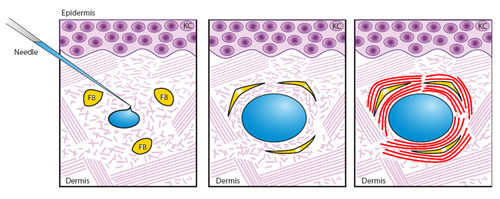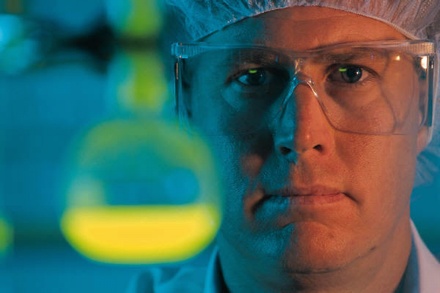Know Science And Want To Write?
Donate or Buy SWAG
Please donate so science experts can write
for the public.
At Science 2.0, scientists are the journalists,
with no political bias or editorial control. We
can't do it alone so please make a difference.
We are a nonprofit science journalism
group operating under Section 501(c)(3)
of the Internal Revenue Code that's
educated over 300 million people.
You can help with a tax-deductible
donation today and 100 percent of your
gift will go toward our programs,
no salaries or offices.
- Climate Entrepreneurship And IT
- Social Media Savvy: Democrats Request Community Notes On Twitter Twice As Often?
- Isoprene: Plants Can Make Their Own Pesticide But The Environmental Cost Is High
- Social Media Addiction Behavior, Not Time, Is A Harbinger Of Young Mental Health
- Marshall McLuhan Hated TV But He Might Like AI
- The Thirty Meter Telescope May Be Cancelled Not by Ordinary People's Protest, but by Wealthy People's Whim
-
 John
John We can know that this isn't purely a Trumpian thing because of the reviews from two years ago which basically said: 1) Astronomers have treated the people of Hawai'i like crap and owe...
The Thirty Meter Telescope May Be Cancelled Not by Ordinary People's Protest, but by Wealthy People's Whim · 0 minutes ago
-
 Hontas Farmer
Hontas Farmer I'm not going to say you are wrong about any of the above. I'd not be surprised by a rising price tag as that seems to be how these things always go. I can't think of any big science...
The Thirty Meter Telescope May Be Cancelled Not by Ordinary People's Protest, but by Wealthy People's Whim · 15 hours ago
-
 John
John To be honest, TMT did this to themselves by not being honest about the cost from the start. Had they told everyone that the cost for the installation would be on the order of $3 billion (most of...
The Thirty Meter Telescope May Be Cancelled Not by Ordinary People's Protest, but by Wealthy People's Whim · 1 day ago
-
 Zack Y.
Zack Y. Isn't this a dangerous inversion of how science is supposed to be done? What's to prevent this same scenario playing out for ANY potential discovery coming from a precision measurement...
-
 bizdean
bizdean Thank you for this, IrishNeanderthal. Actually I believe what’s going on in America is under-hyped. The mainstream press is far too easy on Mr. Trump, who is convicted of multiple felonies and...








